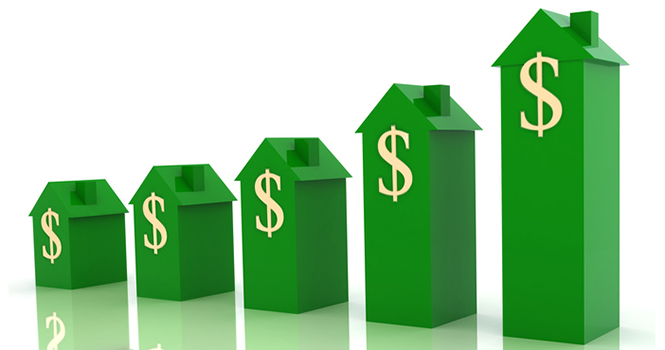Home price growth plowed on early in the spring real estate season, up 5.8 percent year-over-year in March, according to the latest S&P CoreLogic Case-Shiller Indices.
The month marked a 33-month high for prices, as measured by the S&P CoreLogic Case-Shiller U.S. National Home Price NSA Index. The Index’s 10-City Composite rose 5.2 percent year-over-year, while its 20-City Composite rose 5.9 percent—both unchanged from February. Month-over-month, the 10-City Composite rose 0.9 percent and the 20-City Composite rose 1.0 percent.
Of the 20 cities analyzed for the Index, Dallas, Texas, Portland, Ore., and Seattle, Wash., came out ahead again in March, with prices up 8.6 percent in Dallas, 9.2 percent in Portland and 12.3 percent in Seattle.
According to S&P Dow Jones Indices Committee Chairman and Managing Director David M. Blitzer, home prices are moving at an accelerated rate—and, presently, with no foreseeable end in sight.
“Home prices continue rising, with the S&P Corelogic Case-Shiller National Index up 5.8 percent in the year ended March—the fastest pace in almost three years,” said Blitzer in a statement. “While there is some regional variation, prices are rising across the U.S. Half of the 20 cities tracked by the S&P Corelogic Case-Shiller indices rose more than 6 percent from March 2016 to March 2017. The smallest gain of 4.1 percent, in New York, was roughly double the rate of inflation.
“Sales of both new and existing homes, housing starts and the National Association of Home Builders’ sentiment index are all trending higher,” Blitzer said. “Over the last year, analysts suggested that one factor pushing prices higher was the unusually low inventory of homes for sale. People are staying in their homes longer rather than selling and trading up. If mortgage rates, currently near 4 percent, rise further, this could deter more people from selling and keep pressure on inventories and prices. While prices cannot rise indefinitely, there is no way to tell when rising prices and mortgage rates will force a slowdown in housing.”
Bill Banfield, executive vice president of Capital Markets at Quicken Loans, is less concerned about rates.
“The continued home price growth, driven by inventory that can’t keep up with the high demand, is further proof of a strong appetite for home-buying,” says Banfield. “This should quell the fears of those who voiced concerns over the effects of rising interest rates on housing.”
Source: S&P Dow Jones Indices
For the latest real estate news and trends, bookmark RISMedia.com.











